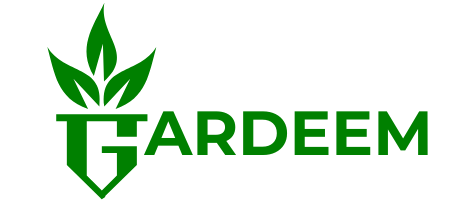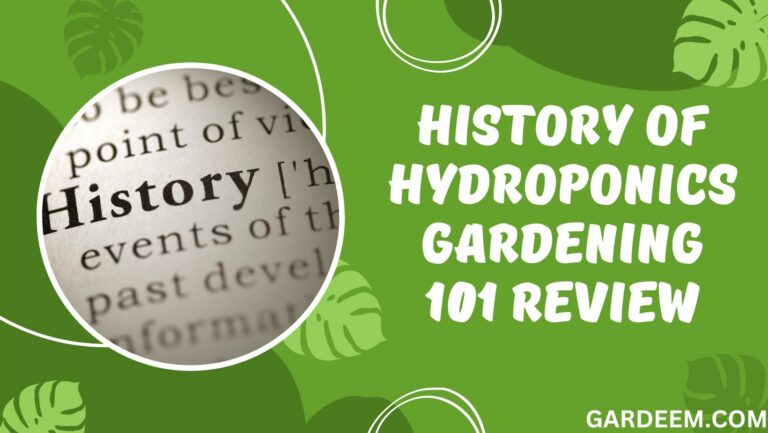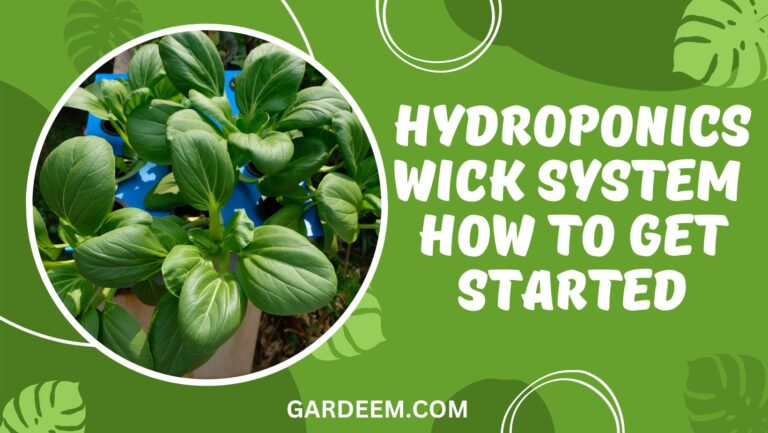
While most fruit plants are widely regarded as being difficult to grow within a hydroponics system, strawberries are an exception. They certainly aren’t as easy to grow as herbs and hydroponic lettuce with a little planning you can grow plants that produce a bumper harvest consistently through the year.
Where To Start – Seeds Or Runners
Your first consideration is whether should you start with seeds or runners – plants that have been established and are capable of producing fruit.
Starting with seeds
While the dream of many hydroponic gardeners is to grow their own crops – seed to fruit, with certain plants such as strawberries, it doesn’t make sense. Strawberry plants can take two to three years to mature enough to allow them to bear fruit, which certainly isn’t ideal.
Starting with runners
For most growers, runners are a much better choice. Runners have established plants that have flowered and then been frozen to mimic winter temperatures. You then put them into your system, and the plants will then start going through their natural cycle. The other significant benefit of runners is that they’re almost guaranteed to be disease-free if you’re buying from a reputable nursery.
Strawberry Types
There are three main types of strawberry short-day, day-neutral and everbearing that all have different light and seasonal requirements:
Short Day/June Bearing
Short-day or June-bearing strawberries are the most commonly grown outdoor strawberry. The species gets its name as flowers start to appear during the short days of winter. The “June” part of the name refers to when the plant typically bears fruit. The more popular species include Benton, Allstar, and Annapolis and typically produce one heavy crop yearly. They can be grown under hydroponic conditions however it does take a lot of work.
Day Neutral
Day-neutral strawberry species such as Seascape, Quinault, and Hecker are the most popular to grow within a hydroponics and greenhouse system as these cultivars are able to bear fruit constantly throughout the year.
Everbearing
Everbearing strawberry cultivars such as Picnic, Albion, and Laramie are the original multi-crop strawberry varieties from which the day neutral species were developed. While they will have two to three crops a year the yields are significantly lower than day neutral and short day types.
Light Requirement
Okay, so now we know a little bit more about the 3 different kinds of strawberry types, we can start to look at their requirements. The first consideration is the lighting requirements.
Whether you’re growing Short Day, Day Neutral or Everbearing, most strawberries will do well with between 8-12 hours of light. The great thing about these plants is that there’s no complicated lighting schedule, as the lighting doesn’t need to be changed depending on the stage of the plant’s growth.
Pollination
Like most fruits, you need to account for pollination within your system. In nature, bees do a lot of the hard work when it comes to pollination, but there’s no way we can add them to our system – what we can do instead is to brush our hands across the open flowers to disturb the pollen.
Temperature
Strawberries are quite a tough plant and can tolerate a fairly wide temperature range of 60 – 80 degrees Fahrenheit or 15 – 27 degrees Celsius.
Personally, we aim to keep our daytime temperatures around 68 degrees Fahrenheit / 20 degrees Celsius while at night we try to keep it at around 50 degrees Fahrenheit / 10 degrees Celsius.
One thing to keep in mind is that you’ll need to allow your plants to hibernate for three to four months each year. To do this, you can simply lift them out of the system and place them in the fridge.
Providing Nutrient Solution
If you’ve read our guide to hydroponic nutrients, you’ll know that your plants will require two things:
- Essential nutrients – these are things like Nitrogen, Potassium, and Phosphorus (NPK) and are the building blocks of your plant’s development. To put it bluntly, without these, you’re plants will die.
- Trace elements – these are things like Iron, Manganese, Zinc and Copper and are helpful in helping your plants grow. However, they aren’t as vital as the essential nutrients.
- Nutrient Film Technique
- Ebb and Flow
- Drip System
Prepare a balanced nutrient solution suitable for strawberries. Follow the instructions provided by the manufacturer for the specific hydroponic nutrient mix you are using. Maintain the pH of the nutrient solution within the optimal range for strawberries, typically around 5.5 to 6.5. Monitor the nutrient solution regularly and make adjustments as needed to ensure the plants receive proper nutrition.
Watering and Maintenance
Monitor the water level in your hydroponic system and ensure the plants receive sufficient moisture. Avoid overwatering, as it can lead to root rot. Regularly check for signs of pests or diseases, and promptly address any issues that arise. Prune the strawberry plants as needed to remove runners or damaged leaves.
Harvesting
Strawberries are ready to be harvested when they are fully colored and firm. Gently pick the ripe berries, being careful not to damage the plants or other developing fruits. Hydroponic strawberries often have superior taste and quality, offering a delightful and flavorful harvest.
Conclusion
Growing strawberries hydroponically allows you to enjoy fresh, delicious berries throughout the year. With proper care, a well-designed hydroponic system, and the right varieties, you can cultivate healthy strawberry plants and savor the rewards of your own homegrown harvest. Follow these steps, adapt them to your specific hydroponic setup, and enjoy the satisfaction of growing strawberries in a soilless, controlled environment.

Hi, I’m Miles, the lead team member behind Gardeem.com. Besides being a passionate grower and writer, I’m a husband, father and grandfather to three! I started Gardeem in 2017 to provide simple and reliable gardening advice to everyone, regardless of their ability levels.






